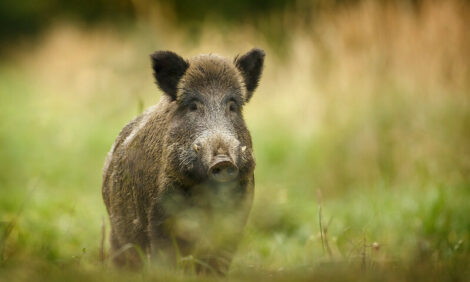



Enhancing Safety at Every Step in Food Supply Chain
Few would dispute that the emergence of chilled and frozen food technologies in the last century was a major advance for modern society, transforming all our lives and bringing convenience and choice. In Europe today, consumption of chilled and frozen foods is rising by more than 10 per cent a year.But there is a downside. The safety issues associated with the handling of such food products remain a major public concern. Food scares regularly hit the headlines. And food poisoning caused by the incorrect handling of these products can be fatal.
The problem is the large number of stages in the production process ‘from farm to fork’ – from farm producers to intermediate suppliers to final manufacturers, all through a range of transportation links. Many stages, in other words, when a small lapse can easily go unnoticed and have potentially catastrophic results.
CHILL-ON, a major EU-funded research project, set out to provide a solution to this problem. The ambitious goal was to achieve seamless control and monitoring of the supply chain from start to finish, thus allowing risk to be assessed, controlled and minimised in a way never possible before.
If it could be achieved, it was a precious prize indeed, not only for the consumer, but also for the food industry, with strict regulations to observe, competitive pressures to deal with, and precious reputations to protect.
Led by the Technology Transfer Centre of Bremerhaven and involving 26 partners from 13 countries, the €15.6 million project took four and a half years. It was truly multi-disciplinary, bringing together experts in fields ranging from bio-chemistry to information technology, from genetics to packaging, and from microbiology to logistics, engineering and mathematics.
The numerous breakthroughs incorporated in the final CHILL-ON system included methods not only to detect the presence of food pathogens - the bugs which can cause poisoning – but also to predict their future growth in given temperature conditions.
A ‘Shelf-Life Predictor’ allows a product’s remaining shelf life to be assessed at any point along the supply chain. And clever devices called ‘Time Temperature Indicators’ are labels attached to each product which change colour in accordance with exposure to different temperatures over different time scales. This information can be transmitted wirelessly to a control centre.
All this information, and much else besides, is fed into the heart of the system – an information management system accessed via the web known as TRACECHILL. Through this, users can gain real-time information on the exact freshness and previous history of every single product, wherever it is on its journey from farm to fork.
In effect, this radical new system provides not just a ‘snapshot’ of any product at any point, but a continuous ‘video’ of its journey along the supply chain. Tests have already tracked Atlantic cod from Iceland to France, hake being transported from Chile to Spain, and frozen tilapia as it journeyed right through the supply chain to China.
Where consumer food safety is concerned, there is no room for compromise. Safety and confidence are vital. For the food industry, reputation is vital – and easily lost. As a result of the CHILL-ON project and its unique combination of specialisms, society can today enjoy the enormous benefits of chilled and frozen food in greater confidence than ever before.
June 2013








